13X沸石分子筛整体成型太阳能吸附剂吸附性能研究
摘要13X沸石分子筛是众多类型人工合成沸石的一种,是对环境友好的绿色自然工质对,其强大的孔道体系使其具备较好的物理性吸附能力。本研究的主要内容就是对13X沸石分子筛在低真空的环境下测试其对制冷剂的吸附/脱附能力,简而言之,本实验原理为由于吸附剂在脱附/吸附制冷剂的过程导致了内部气压发生变化,制冷剂发生冷凝/蒸发的相变,从而出现制热/制冷的现象。本研究的实验基础是需要满足低真空的密封测试环境,因此设计并搭建了一台名为“新型测试整体成型太阳能制冷吸附剂吸附性能的装置”,该装置由不锈钢密封焊接而成,包括真空测试电阻规、真空阀门、真空连接头、真空硅胶管等部件。该装置经过抽真空处理后,最低真空度可达20...
相关推荐
-
USST_Arts_112480743自动生产线的同步维修模型及案例分析VIP免费
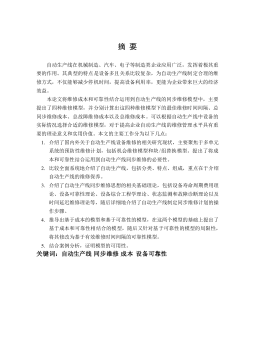
 2025-01-09 14
2025-01-09 14 -
USST_Arts_112480745基于供需网特征理念的企业间关系状态研究VIP免费
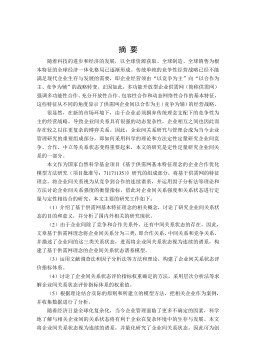
 2025-01-09 15
2025-01-09 15 -
USST_Arts_112480756 我国城镇化与能源消费结构间关系的研VIP免费
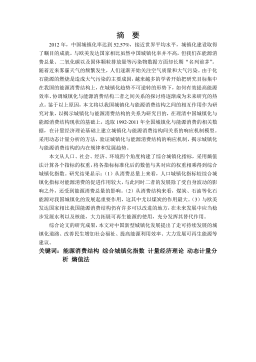
 2025-01-09 20
2025-01-09 20 -
USST_Arts_112490763 企业创新型团队社会网络、知识管理过程及团队创造力关系研究VIP免费
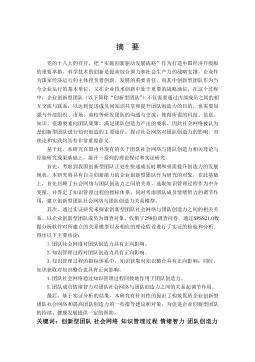
 2025-01-09 13
2025-01-09 13 -
USST_Arts_112490769创新团队执行力影响因素分析VIP免费

 2025-01-09 16
2025-01-09 16 -
USST_Arts_112070649基于团队自反性的科技型企业TMT特征对企业绩效的影响研究VIP免费

 2025-01-09 21
2025-01-09 21 -
TR公司工业机器人市场发展战略研究VIP免费
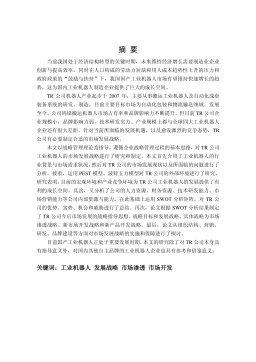
 2025-01-09 24
2025-01-09 24 -
二氧化碳套管式气冷器的研究VIP免费
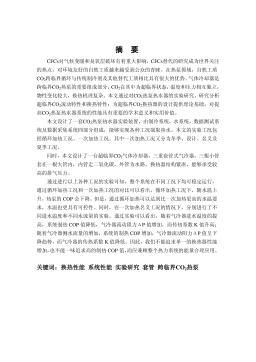
 2025-01-09 17
2025-01-09 17 -
非共沸混合物在微通道水平单管内流动沸腾特性VIP免费
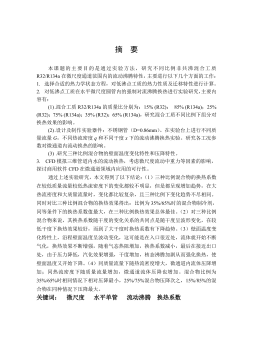
 2025-01-09 82
2025-01-09 82 -
基于MRO的连铸辊维护管理系统研究VIP免费
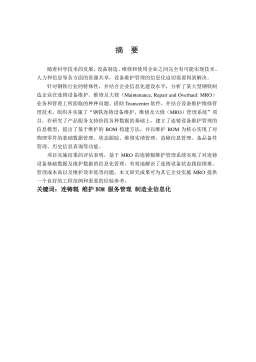
 2025-01-09 11
2025-01-09 11
相关内容
-

USST_Arts_112070649基于团队自反性的科技型企业TMT特征对企业绩效的影响研究
分类:高等教育资料
时间:2025-01-09
标签:无
格式:PDF
价格:15 积分
-

TR公司工业机器人市场发展战略研究
分类:高等教育资料
时间:2025-01-09
标签:无
格式:PDF
价格:15 积分
-

二氧化碳套管式气冷器的研究
分类:高等教育资料
时间:2025-01-09
标签:无
格式:PDF
价格:15 积分
-

非共沸混合物在微通道水平单管内流动沸腾特性
分类:高等教育资料
时间:2025-01-09
标签:无
格式:PDF
价格:15 积分
-

基于MRO的连铸辊维护管理系统研究
分类:高等教育资料
时间:2025-01-09
标签:无
格式:PDF
价格:15 积分






